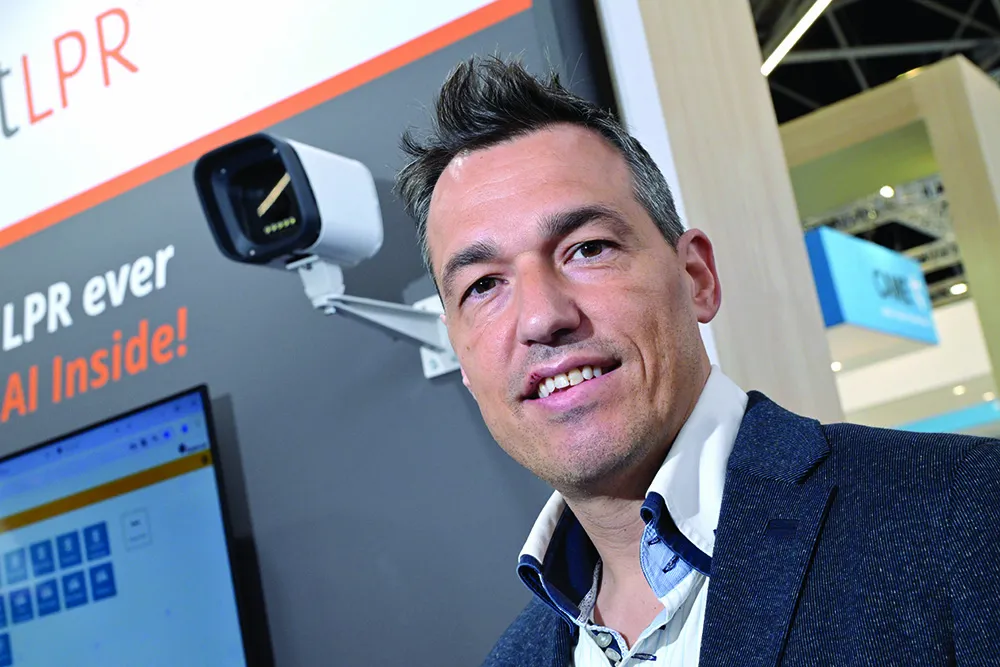Automation and access control specialist, Came, introduced the next evolution of its PS One, the first automatic system for multi-level parking and reserved parking areas, with web-based technology and Ethernet interface.
PS One is a modular solution specially designed to meet the typical needs of small, medium and large automated parking areas, ideal for enhancing the efficiency of the service while controlling operating costs and traffic safety. In addition to web-based technology, the hallmarks of t
March 28, 2014
Read time: 2 mins
Automation and access control specialist, Came, introduced the next evolution of its PS One, the first automatic system for multi-level parking and reserved parking areas, with web-based technology and Ethernet interface.
PS One is a modular solution specially designed to meet the typical needs of small, medium and large automated parking areas, ideal for enhancing the efficiency of the service while controlling operating costs and traffic safety. In addition to web-based technology, the hallmarks of the new automatic system include reading and recognition of international licence plates, the ability to record HD images of all sides of the vehicle and to read 2D barcodes from prints and mobile devices.
All elements of the parking system - pay stations, entrance and exit stations and displays - are connected to the Ethernet with TCP/IP protocol and managed through a central server that allows connectivity to an unlimited number of applications. Connectivity can be wire, fibre optic or wi-fi, offering numerous advantages for the design of both small and large installations. The SNMP protocol also allows remote interaction with all applications for any requirement, even if only for supervision purposes. The central server hosts both the relational database as well as the car park system management software. The application is completely web-oriented and clients can access it easily through web pages, without having to load software modules locally.
PS One is a modular solution specially designed to meet the typical needs of small, medium and large automated parking areas, ideal for enhancing the efficiency of the service while controlling operating costs and traffic safety. In addition to web-based technology, the hallmarks of the new automatic system include reading and recognition of international licence plates, the ability to record HD images of all sides of the vehicle and to read 2D barcodes from prints and mobile devices.
All elements of the parking system - pay stations, entrance and exit stations and displays - are connected to the Ethernet with TCP/IP protocol and managed through a central server that allows connectivity to an unlimited number of applications. Connectivity can be wire, fibre optic or wi-fi, offering numerous advantages for the design of both small and large installations. The SNMP protocol also allows remote interaction with all applications for any requirement, even if only for supervision purposes. The central server hosts both the relational database as well as the car park system management software. The application is completely web-oriented and clients can access it easily through web pages, without having to load software modules locally.










